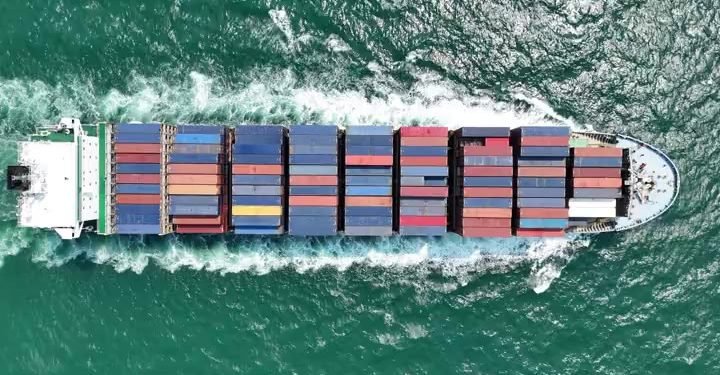The tentative six-year contract between the International Longshoremen’s Association (ILA) and the United States Maritime Alliance (USMX) has prevented a potential strike at East and Gulf Coast ports. However, the measures taken by shippers ahead of the agreement are now causing short-term challenges in logistics operations, highlighting the ongoing complexity of global supply chain management.
Proactive Moves and Their Impact
In anticipation of labor disruptions, many shippers took steps to safeguard their inventory and maintain business continuity. These measures included:
- Front-Loading Shipments: To secure inventory availability, shippers expedited imports, particularly spring merchandise, resulting in surges at key ports.
- Routing Alternatives: Some shipments were diverted to West Coast ports, creating a shift in freight volumes and contributing to congestion at alternative facilities.
- Paused Bookings: Companies also suspended new bookings temporarily, causing gaps in cargo flow once the agreement was reached.
These strategies helped avoid significant disruption during the negotiation period, but they also introduced logistical ripple effects once the immediate threat was resolved.
Immediate Challenges for Logistics Operations
The industry is now dealing with the aftershocks of these precautionary measures:
- Congestion and Delays: Ports experiencing a high volume of front-loaded cargo are seeing temporary congestion as they clear backlogs.
- Extended Transit Times: Shippers that rerouted freight to alternative ports are facing longer lead times as goods are realigned to original schedules.
- Increased Transportation Costs: The need for additional warehousing, rerouted shipments, and higher demand on alternative routes has driven up logistics expenses.
Retailers’ Balanced Approach
Retailers approached the pre-strike uncertainty strategically. According to the National Retail Federation (NRF), many advanced only the most critical shipments to minimize cost impacts. This calculated approach has allowed them to better manage inventory and financial pressures, while still maintaining sufficient stock levels to meet consumer demand.
What’s Next for Supply Chain Stakeholders?
As port operations stabilize under the new agreement, the focus shifts to recovering from the short-term challenges. Shippers are encouraged to:
- Monitor Port Conditions: Staying informed about port congestion levels and adjusting delivery schedules as needed.
- Maintain Flexibility: Building resilience into logistics planning, including alternative routes and diversified carrier networks.
- Engage in Long-Term Planning: Incorporating lessons learned from this experience to handle future uncertainties more effectively.
Conclusion
The ILA-USMX agreement has provided much-needed stability for East and Gulf Coast ports, but the preemptive measures taken by shippers highlight the delicate balance required in supply chain management. By adapting to current conditions and planning strategically, shippers and retailers can mitigate future risks and ensure smoother operations in the long term.
#SupplyChainNews #ILAUSMXAgreement #ShippingLogistics #TheLogisticNews #PortOperations























